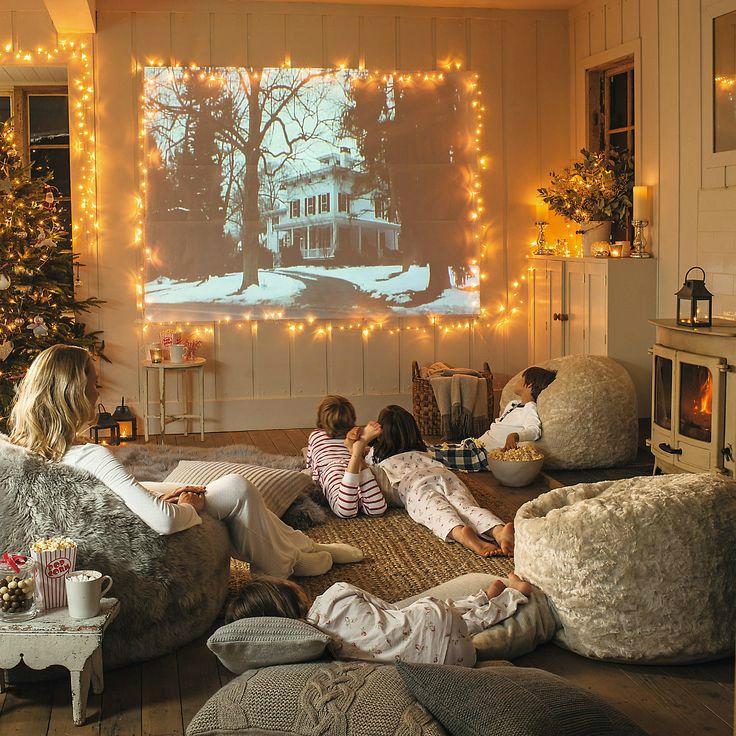Television, when introduced, was a revolutionary device that transported people to a fantasy land, away from the harsh realities of the world. Lush green fields, picture-perfect faces and glamorous outfits, everything that one saw on Television was extraordinary. This World Television Day, we wanted to delve into the question of television’s relevance and its evolution through the digital landscapes. With the advent of streaming platforms, social media, and personalised content consumption, some speculate about the demise of traditional television. However, a closer inspection reveals a narrative that speaks of a different picture.

Freepik
Evolution of Television
In its physical terms, Television has undergone a remarkable transformation since it was first developed, from a bulky box in living rooms to a sleek multifaceted device, found in many rooms and living spaces.
The Many Roles Of Television
Information and Education
One of television’s enduring roles has been as an educational tool. From documentaries that travel into the depths of nature to historical stories and scientific explorations, television remains a medium for disseminating information to the masses. Educational channels and programs continue to enrich minds and foster learning.
Entertainment Hub
Television remains a primary source of entertainment for millions worldwide. While streaming platforms offer a plethora of choices, television continues to produce captivating dramas, reality shows, news broadcasts, and live events that draw audiences together in shared experiences.
Community and Connection
Despite the rise of individualised viewing experiences, television’s communal aspect endures. Events like sports championships, award shows, and breaking news still draw families and friends to gather around the TV, building shared moments and discussions.

Adapting to Digital Disruption
Undoubtedly, the digital revolution has altered viewing habits. Streaming services, on-demand content, and mobile devices have reshaped how audiences consume media. However, rather than being a threat, television has adeptly integrated these changes, evolving to meet modern demands.
Streaming Services and On-Demand Viewing
Many traditional TV networks have adapted by launching their streaming services or partnering with existing platforms. This amalgamation of traditional television and on-demand services ensures a broader reach and accommodates viewers’ preferences for flexibility in content consumption.
Smart Television
Today, like many other devices, Televisions have also become smart. Not only with DTH or cable services, Television has opened doors to many Apps and services that have increased the role of television and all that they offer.
Also Read: Know Everything About The Billboard Music Awards 2023 Winners
Why Television Endures
The enduring relevance of television can be attributed to its ability to adapt, innovate, and cater to diverse audiences.
Despite technological advancements, television remains a reliable and easily accessible medium. It requires minimal technical know-how compared to newer digital platforms, making it inclusive for all demographics, especially in regions with limited internet access.

Conn’s HomePlus
Television networks often curate content, providing a level of trust and reliability. News channels, for instance, continue to be primary sources of information for many due to their established credibility and comprehensive coverage.
The emotional resonance of television cannot be overlooked. Whether it’s witnessing historical events together or being moved by a heartwarming story, television has a unique ability to evoke emotions and create lasting memories.

Looking Ahead
As we celebrate World Television Day, it’s evident that television’s role is evolving rather than diminishing. Its adaptability to technological shifts, commitment to quality content, and ability to foster connections among viewers ensure its enduring relevance. Television’s future lies in its continued evolution, embracing digital innovations, and staying attuned to the evolving preferences of its audience.


